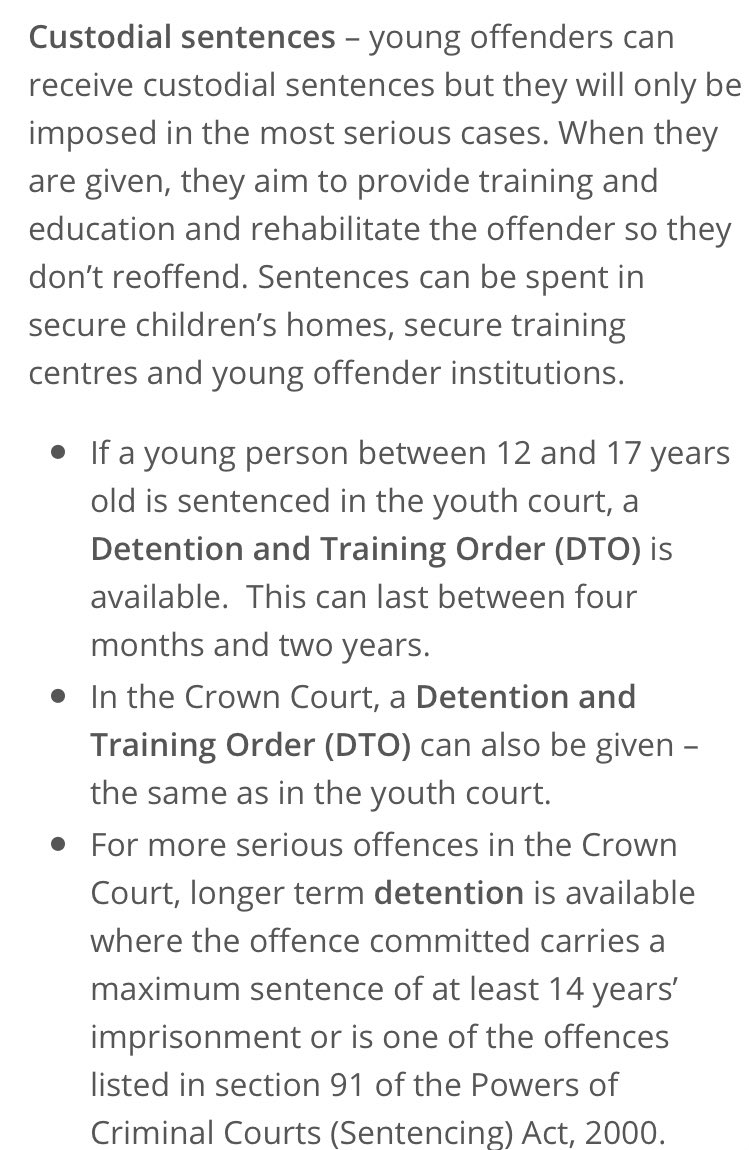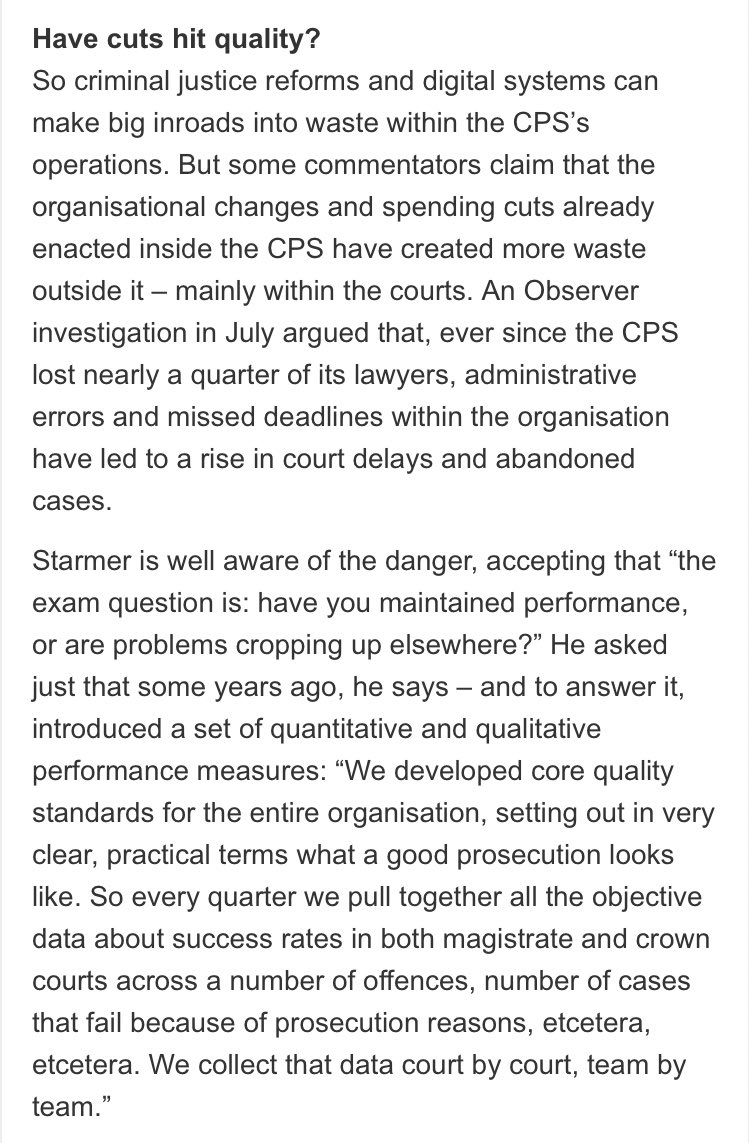I’ll try to do something on it later, but what is immediately clear is that this report is lacking critical information, and appears designed to enrage rather than inform. mirror.co.uk/news/uk-news/b…
As far as I can tell, this is what happened [THREAD] bbc.co.uk/news/uk-englan…
This, it appears from the more sober BBC report, is false.
**#FakeLaw KLAXON**
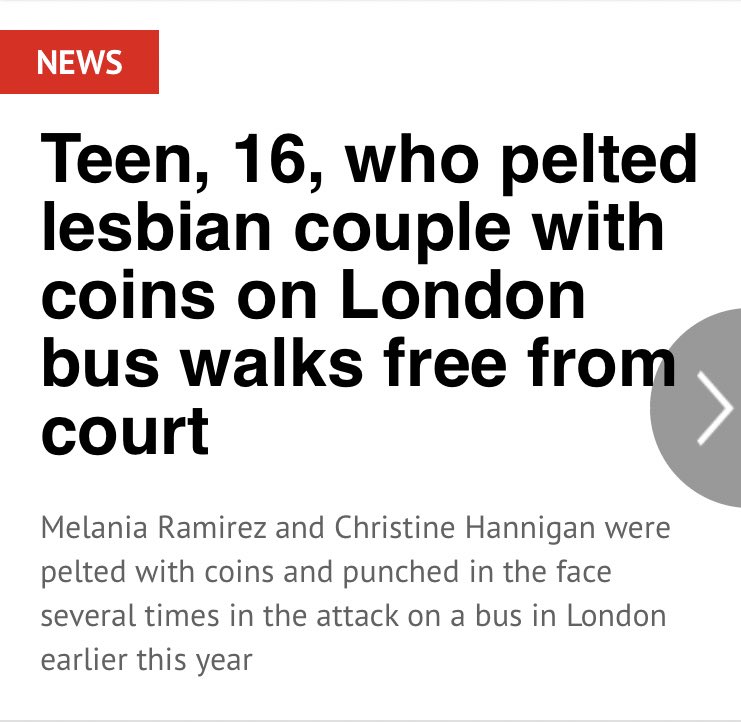
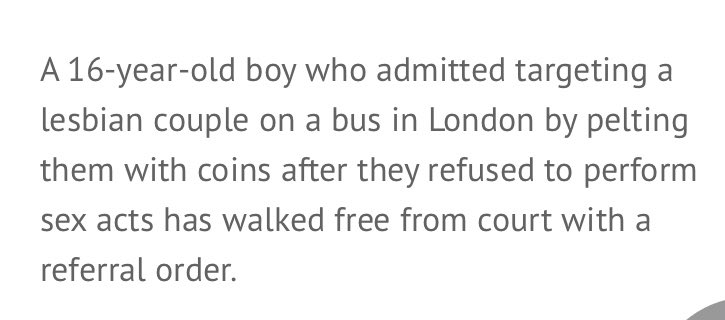
The prosecution appeared to accept he was not involved in the violence.
This means that cases which would inevitably mean custody for adults, often don’t for youths.
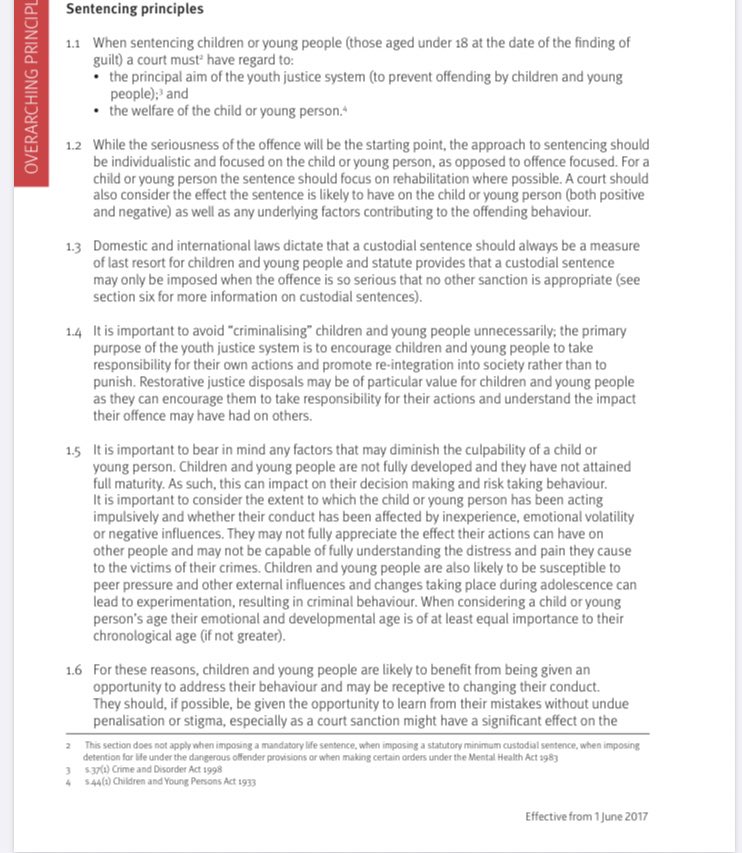
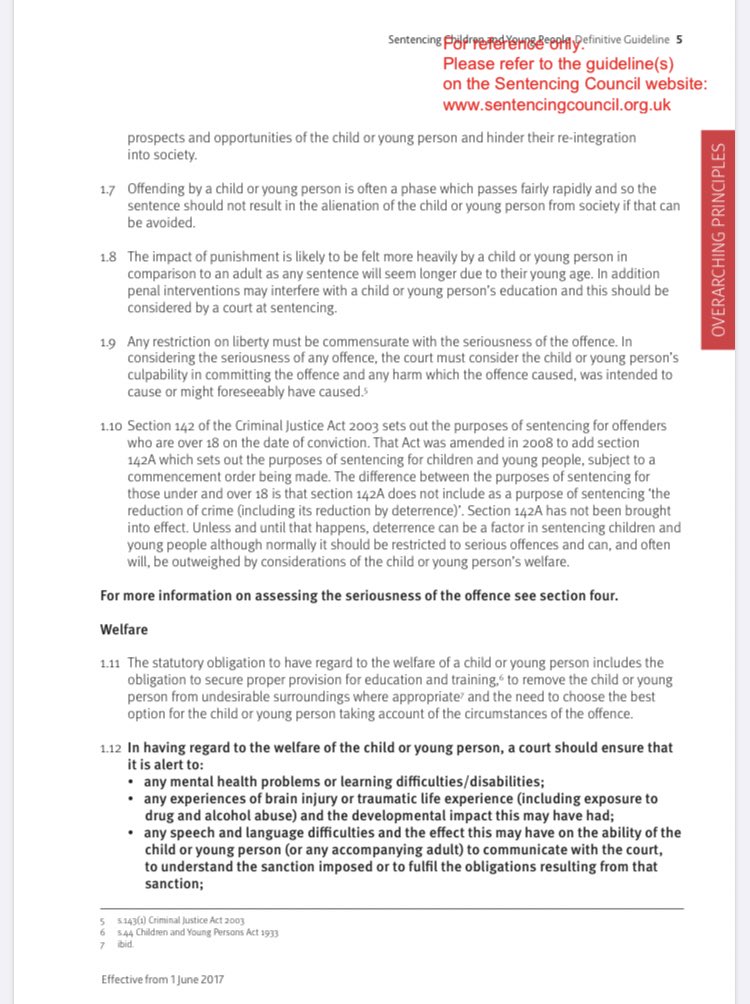
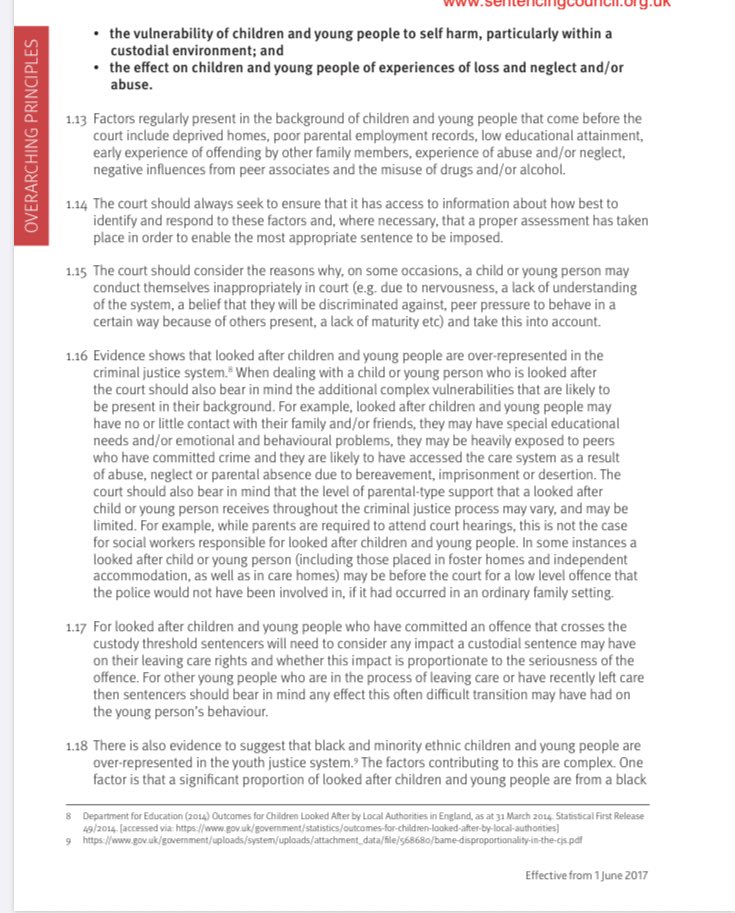
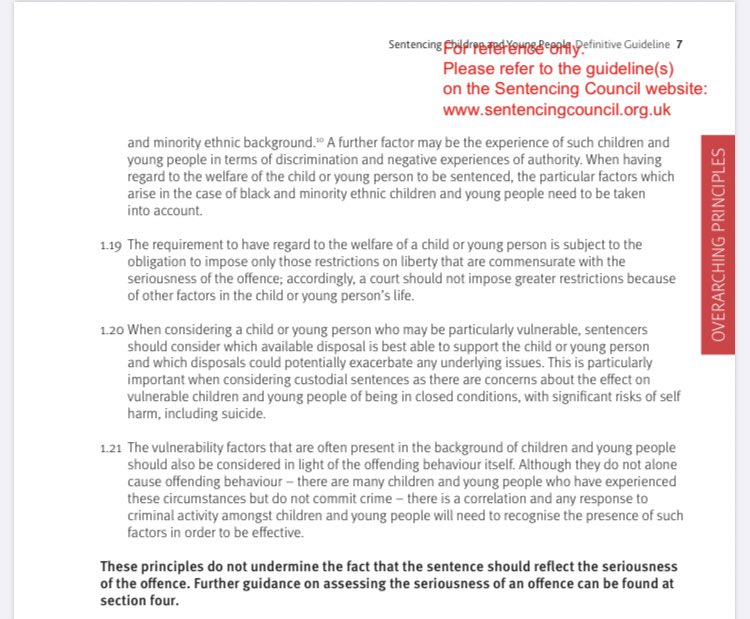
The other two are thefts.














